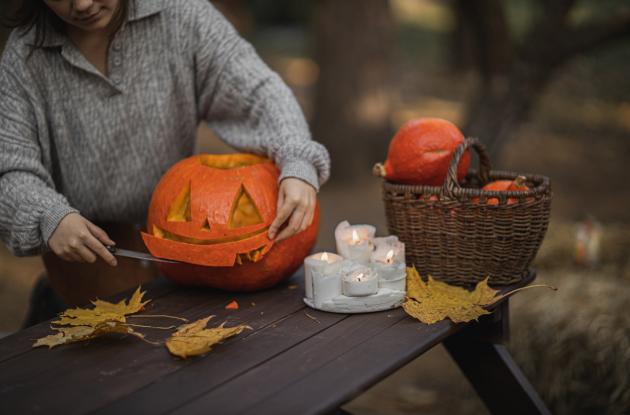Halloween and other traditions
The jack-o-lanterns are alight this time of year, but where do our traditions really come from? And what does it take for us to take them to heart?
Halloween is just around the corner. Maybe you have decorated the house or maybe the combination of pumpkins, cobwebs and children with fangs seems like something out of an American film? There is actually nothing unusual about us adopting traditions from abroad. We have examined where traditions like Halloween actually come from.
A need for traditions
Customs and traditions have usually started when they were needed. Our customs and traditions have therefore started at different times and for different reasons.
Some traditions are more than a thousand years old and some are brand new. Many traditions have changed along the way, while others are almost unchanged. Some have been forgotten for a time but then rediscovered. Customs and traditions adapt to the times.
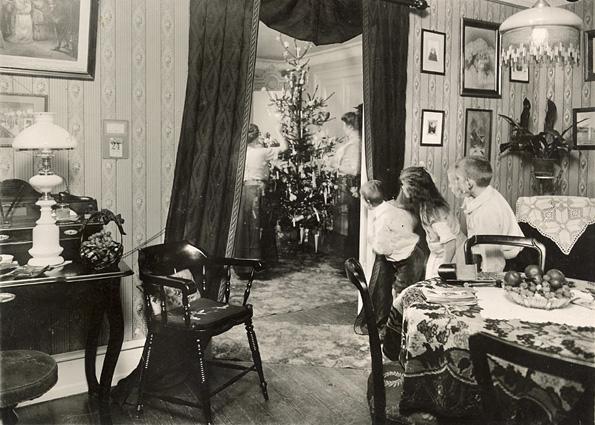
Photo: Hans Ellekilde
Most customs are imported
There are only very few customs that are originally Danish. We share most customs with other countries.
Sometimes the traditions came to this country hundreds of years ago. Then they typically changed a little and became different from how they were in other countries, and in that way they gradually became Danish.
In the past, the majority of new customs came to Denmark from the south. It was the nobility and the bourgeoisie that first adopted new traditions and they were later adopted by the entire population. In some parts of the country the traditions spread quickly, while it took longer in other parts.
Because of this, there could and can be a difference in how the same custom is expressed in, for example, North Jutland and on Funen.
New traditions
In recent years, many customs find their way to Denmark from the United States. Today, new traditions are spreading rapidly with the help of newspapers, films and TV. Halloween and Valentine's Day are some of the newer traditions that have come here from America.
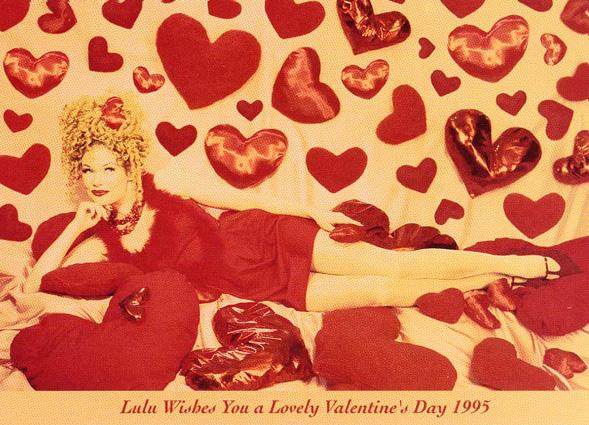
Photo: Det Kgl. Bibliotek
It's not just about money
Many believe that the new traditions have been introduced by companies so that they can make more money. It is also true that many traditions involve you having to buy something, and that businesses have helped to introduce new customs.
But that alone is not enough for us to adopt a new tradition. We must have the wish, the energy and the money for it, and we have to have a use for it. Otherwise, it will never be popular enough to survive.
We decide for ourselves
When some of the old customs become too old-fashioned or do not suit the times we live in, we need new ones. It has always been like that. In the past, traditions were mostly passed down from generation to generation.
When we introduce customs into our daily lives today, we may have got inspiration from kindergarten, from neighbours, from work or from TV. We choose and discard new and old customs to suit our everyday lives.
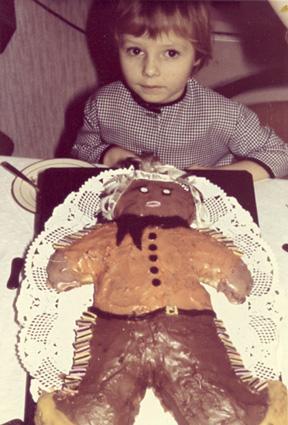
Photo: Det Kgl. Bibliotek
Community and comfort
It is nice to have some special days to look forward to in our busy lives. At holidays like Christmas and Easter, and on anniversaries, there are special traditions and rituals that we can gather around as a group. It strengthens the feeling of community with family and friends.
When everything seems to rush by and the world seems unmanageable, customs and traditions help to make us feel safe and comfortable.
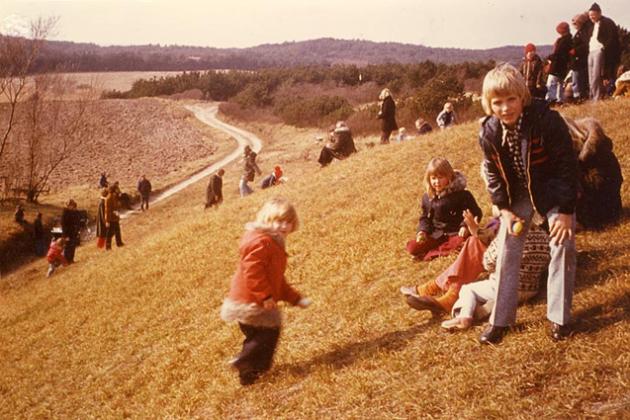
Photo: Bo Nielsen
Traditions change and adapt
It is impossible to say whether Halloween, Valentine's Day or other new customs will survive as traditions here in Denmark. But if they do, they will probably change a little as new generations grow up.
In ten years, it is possible that no one will think about whether or not Halloween and Valentine's Day have always been a part of our traditions. Particularly not the children who have grown up with these new customs. Much like how most adults these days do not think about the fact that the Advent wreath is not Danish. It is an imported tradition from Germany.
